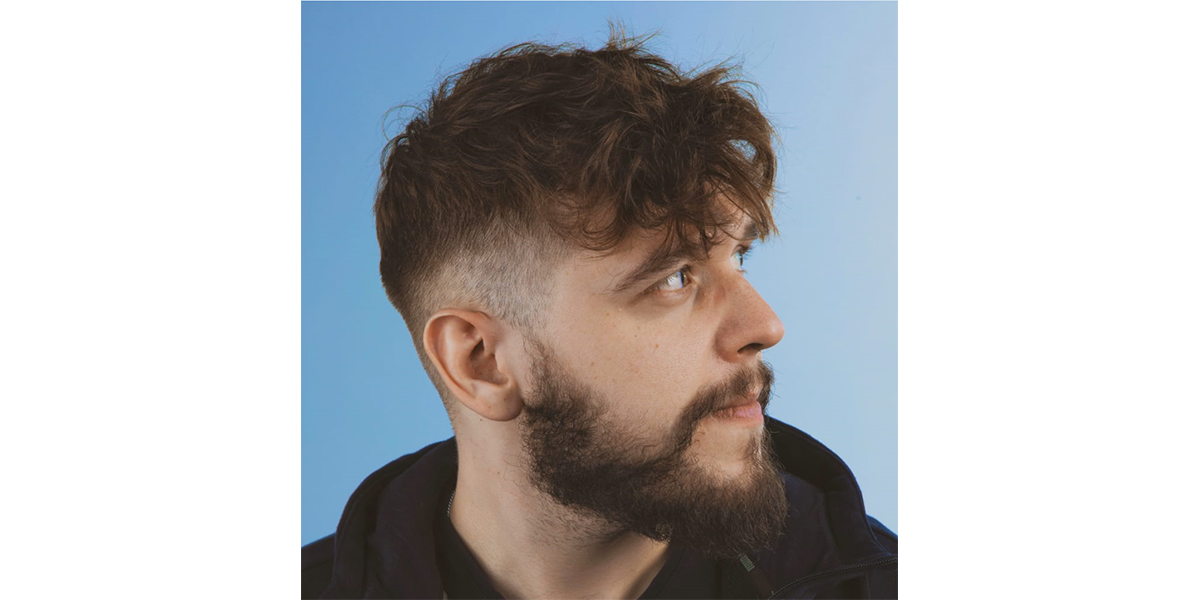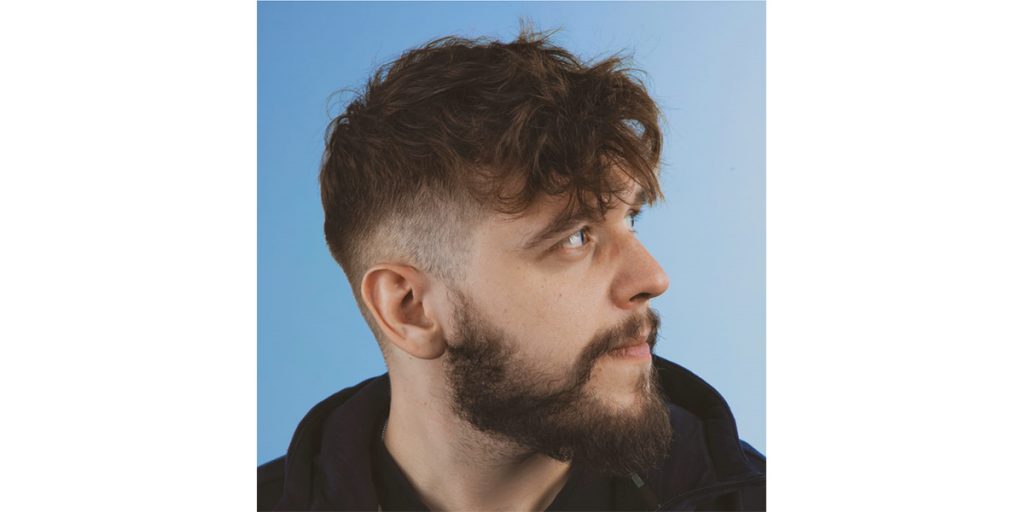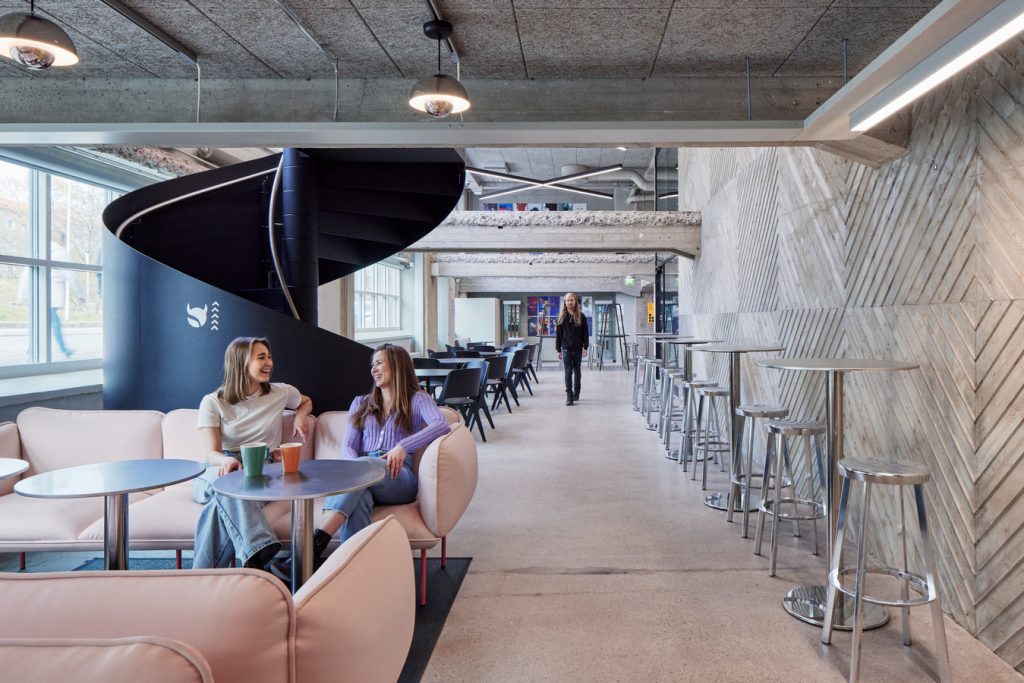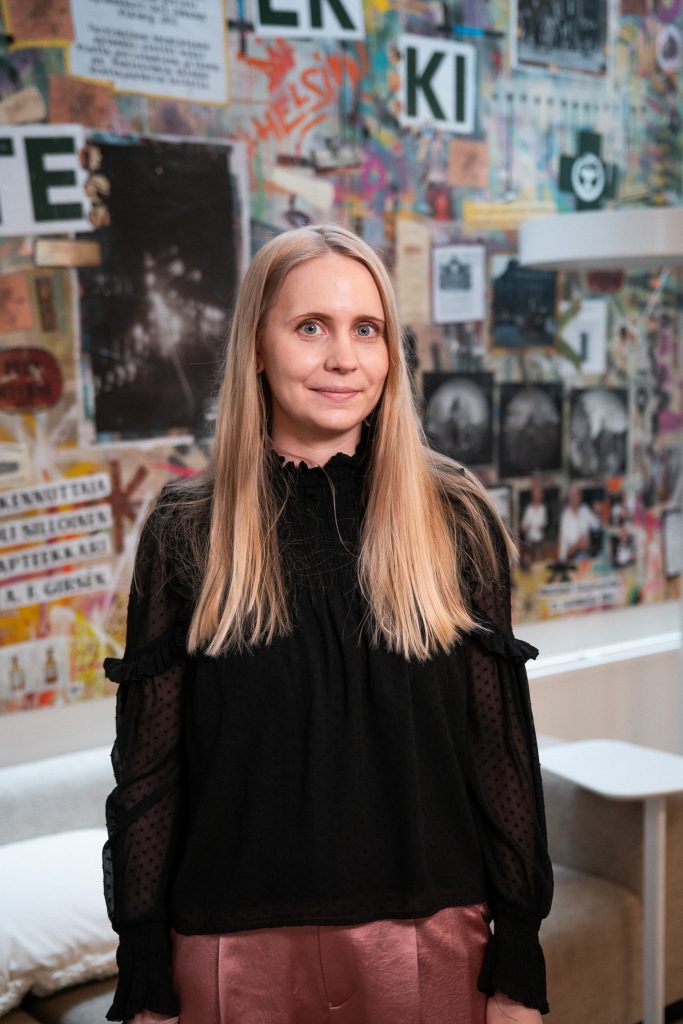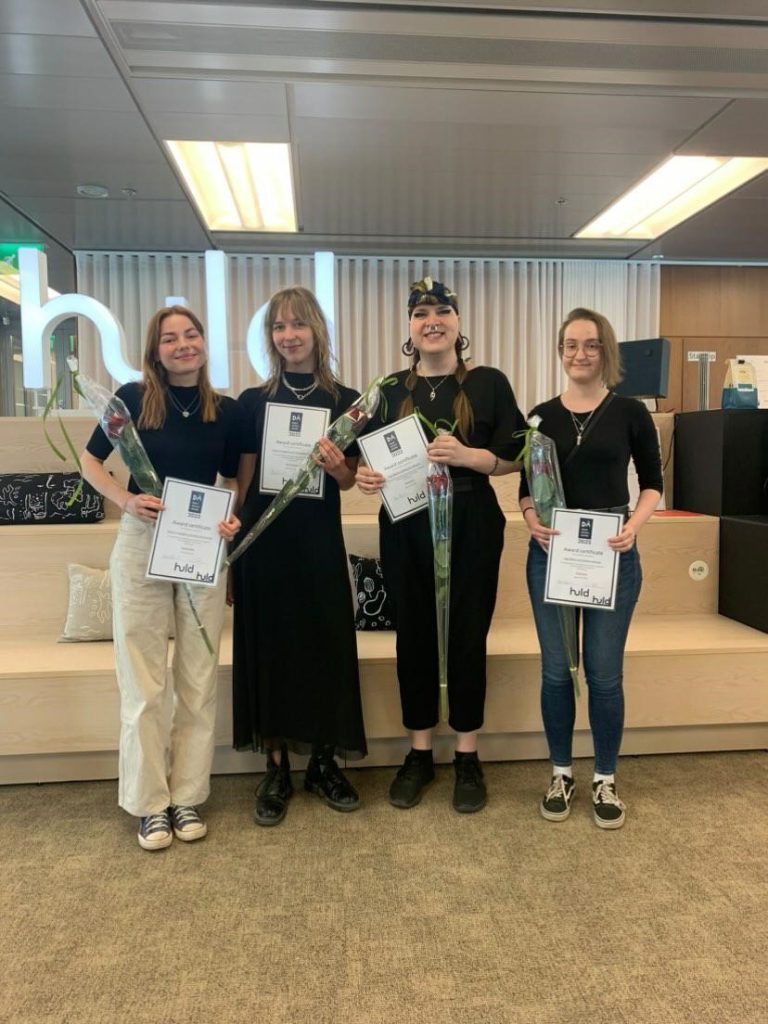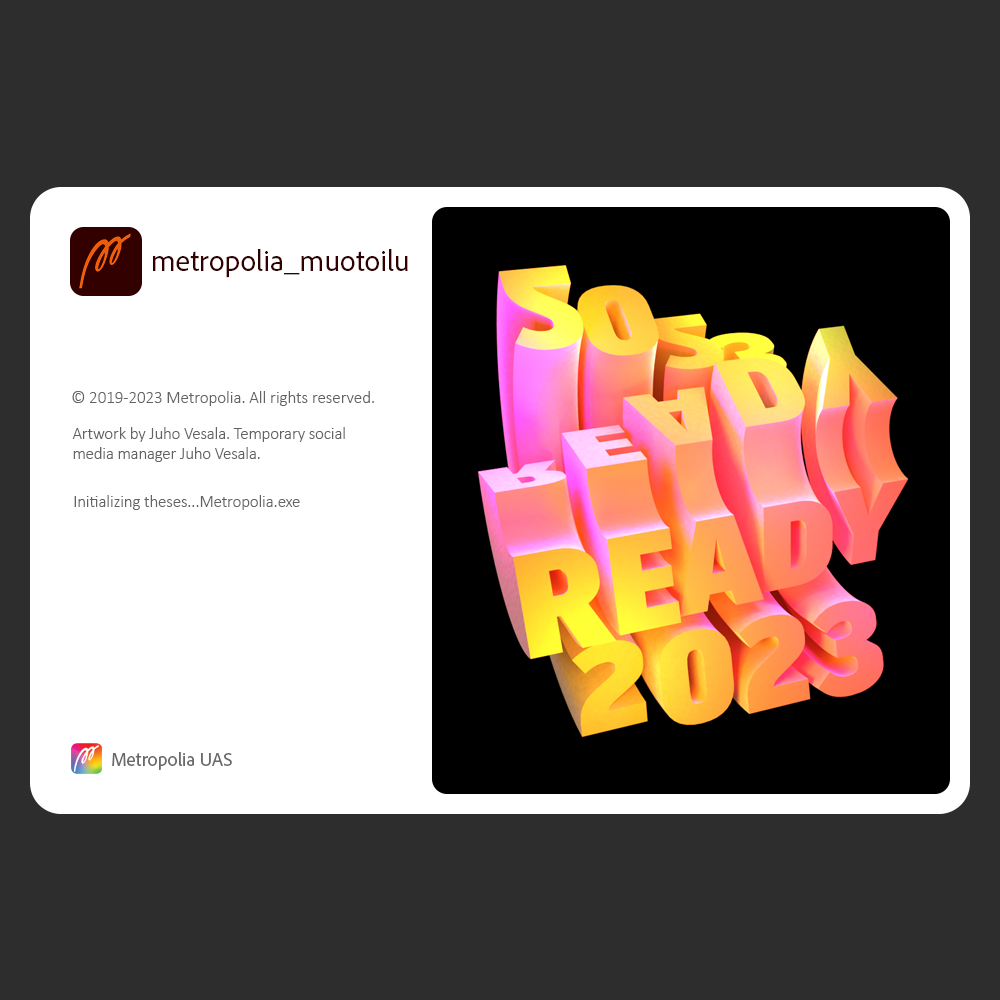The newest specialization of the design studies in Metropolia is the XR Design. The very first class of XR Design students started their studies in Metropolia’s Arabia campus in the Fall of 2018. Veli-Matti Järvelä, one of the XR students tells us about the studies.
First, he explains what the two-letter-code means. “XR stands for extended reality. It’s a common term for the varied realities, where virtual things are added to the real world”. Right now XR consists of three fields. One of them is VR, virtual reality, which is an artificially created environment. As of now it usually includes the use of VR glasses. Here you can read the XR students’ thoughts on the possibilities of utilizing XR tools in design processes.
AR stands for augmented reality, which means adding floating elements, usually 2D, to the visible world. At this moment, AR is commonly used utilizing a mobile device. Some examples of real-life AR experiences are Instagram and Snapchat filters as well as the Pokémon Go game that gained much popularity a few years ago. The third form of XR is MR, meaning mixed reality. In MR the virtual things are mixed and implemented naturally into our real world environment. Although MR is not included in the XR courses at this time, it certainly will be when reasonable gadgets are more accessible.
During the first year of studies the XR curriculum mostly consist of 3D modeling and game engines, for example Unity, but the students are also able to participate in a wide scope of various courses ranging from technical drawing to photographing. Although most of the studies lean towards virtual creations, all of the students do have the possibility to use the school workshops (metal and wood) and the 3D printers on the campus.
XR students can specialize in two different fields, Media or Design. All of the students will graduate as a Bachelor of Culture and Arts. Still, there are small differences in the courses between these two orientations. The design studies orientate towards more concrete product design and 3D printing, whilst the media studies emphasize digital materials, 3D modeling and texturing.
“So far there has been plenty of interesting design projects”, tells Veli-Matti. For example a course where the media students used Zbrush to sculpt stylized and expressive 3D models, which were later painted and textured. Meanwhile the design students got to develop a new kind of game controller for XR environments, which were later 3D printed. Both of the courses were very working life -oriented, including peer critique and strict deadlines.
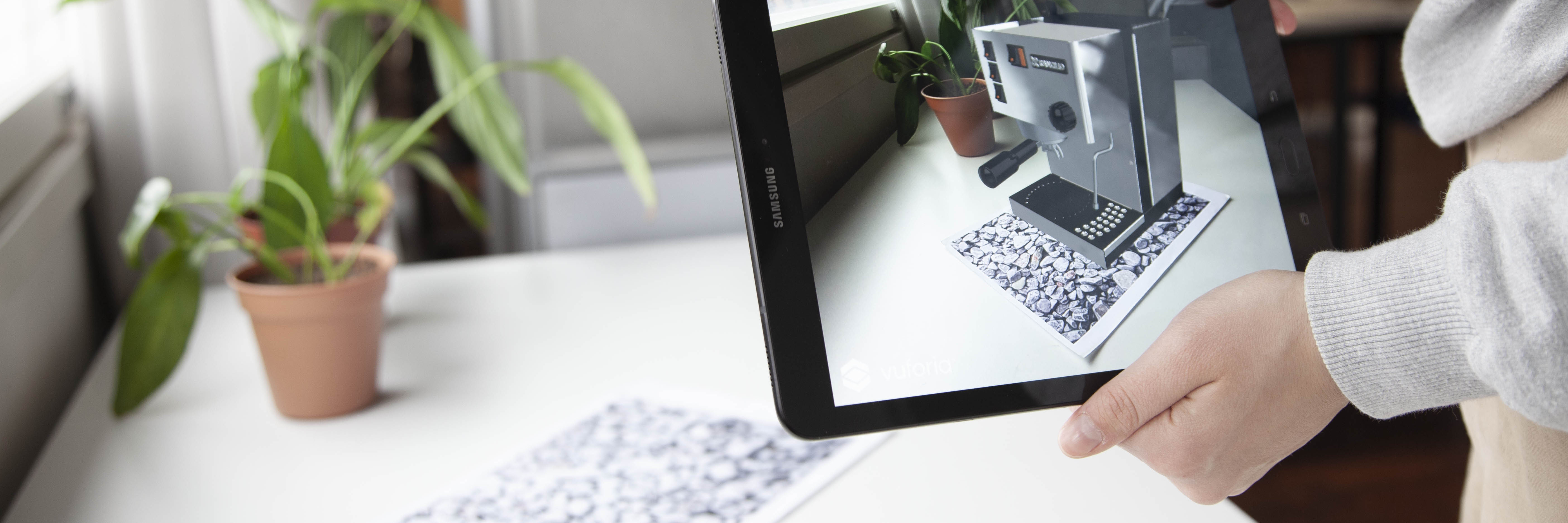
Interest in 3D graphics and games were the key reasons for Veli-Matti to apply to study XR design. Currently he is keen to learn about the possibilities of marketing in extended realities.
“When studying XR Design, it is helpful to have an ability to perceive visual spaces and dimensions. It is vital to understand the sizes of things to create true immersion in virtual reality”, Veli-Matti explains. “They may seem like small things at first, but turn out to make a big difference in a VR environment”.
The students have time for own projects too, that can also be included in the courses. There was a team project for the whole class, where they worked together to create an VR-escape room. The students were split into teams that each had a specific tasks to contribute into the project. “It has been amazing to be part of the brainstorming and creation right from the beginning and finally get to see the results of your work through VR-glasses. We planned and designed everything on paper first and now we are able to walk inside the space we created in virtual reality, it’s really rewarding,” Veli-Matti tells.
When the studies started what surprised Veli-Matti the most was how great atmosphere they have between the students. He mentions that the best part of the studies have been the other classmates and a great team spirit. “It is a motivating environment to learn when the atmosphere is so supportive and warm”. For example, some students have had some special know-how in writing program code. After school the students have had their own lessons where they have taught each other these or some other special skills.
The first school year is now over and Veli-Matti has learned to use a variety programs and other skills regarding the field, but most importantly teamwork skills. “The ability to work with others is probably the most valuable skill in working life” and school has given the possibility for Veli-Matti and the other XR students to greatly enhance these skills.
